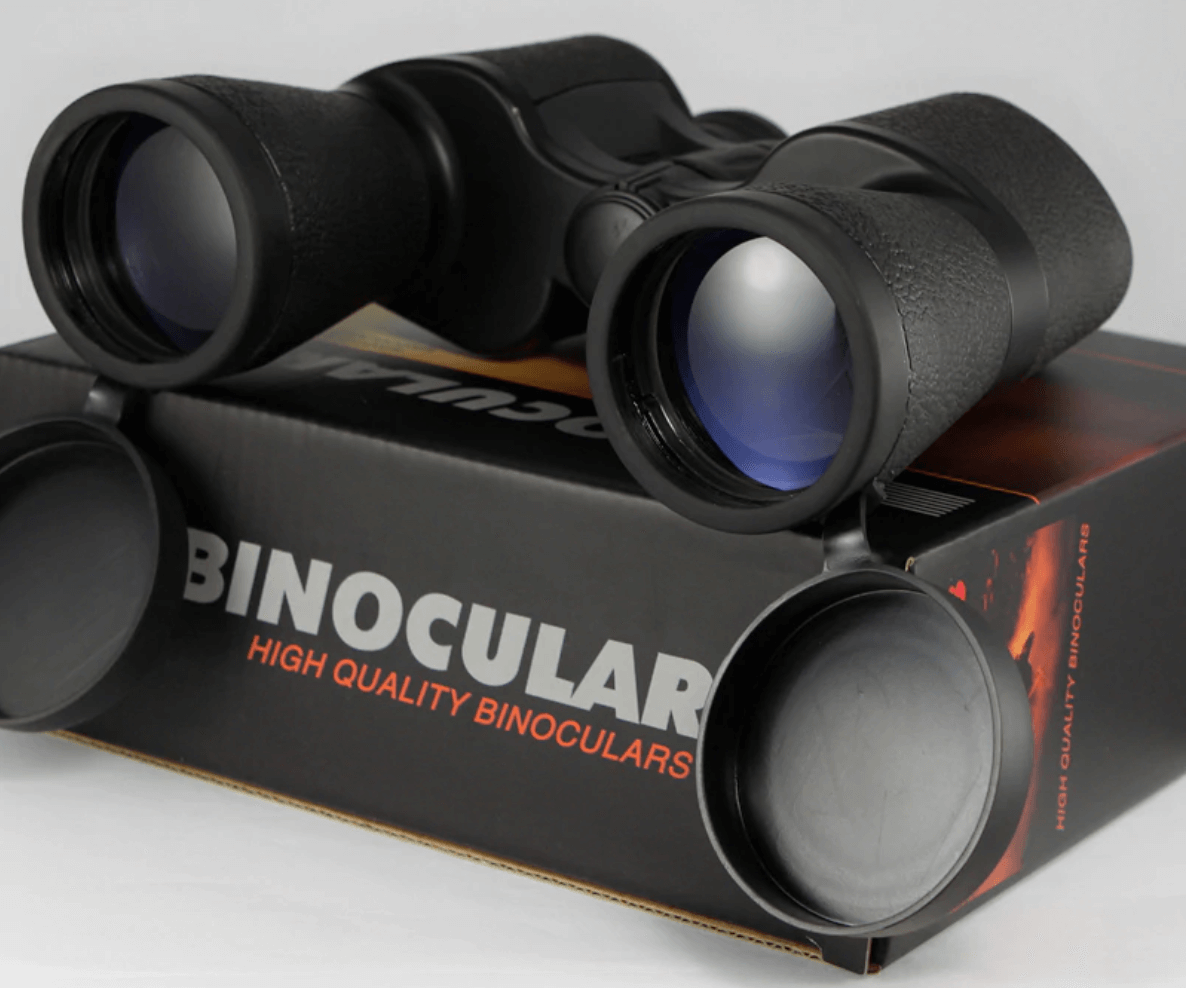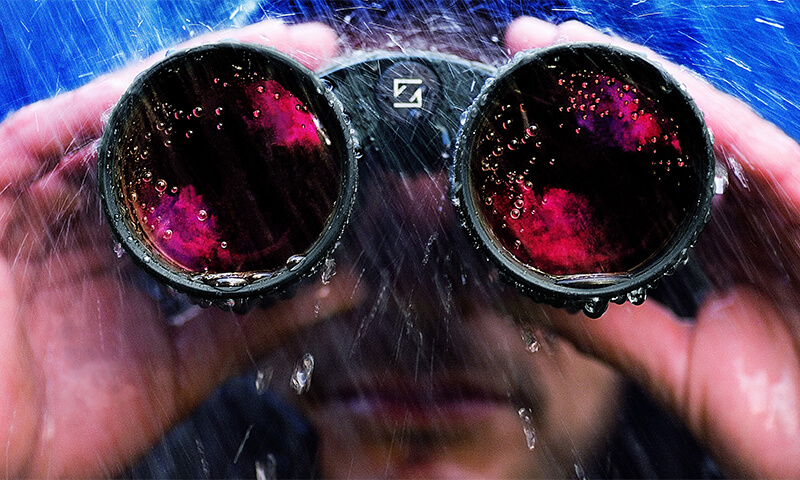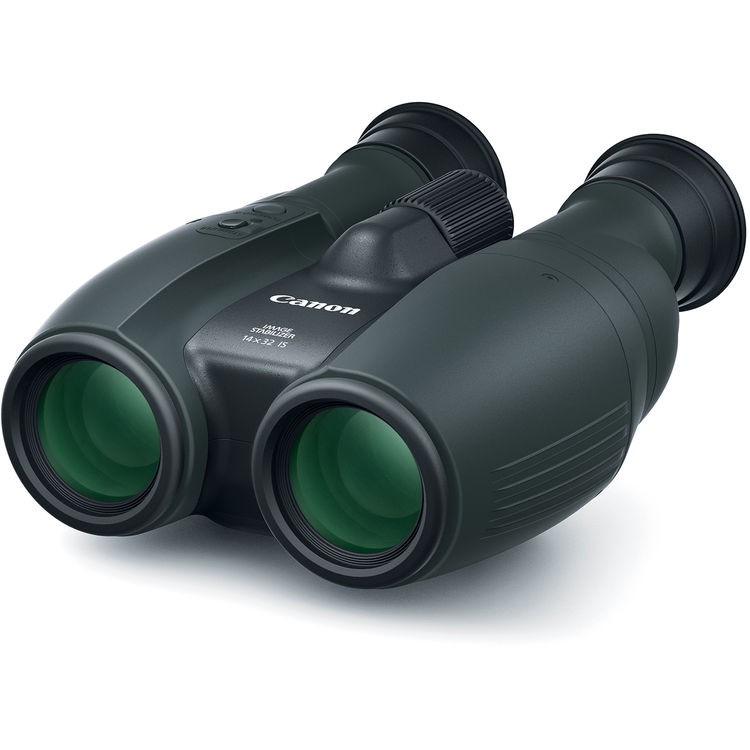What Affects Image Stability in Binoculars
Contents
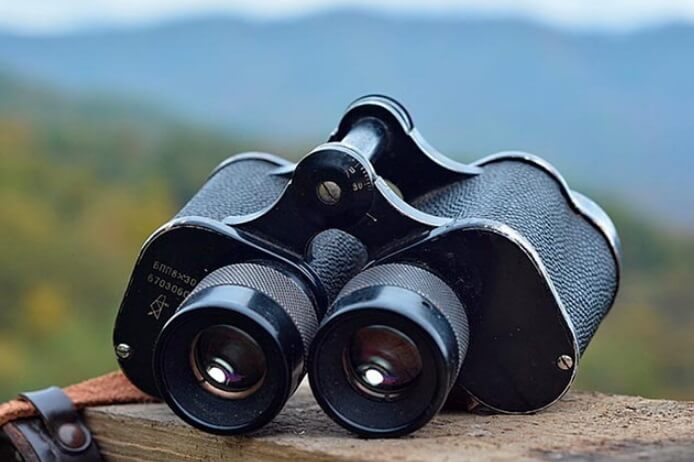
Image stability is the most forgotten aspect by people when choosing binoculars but in fact, it plays a significant role in my opinion.
Because image stability affects your overall experience as a user of binoculars.
After using and testing many different brand and non brand binoculars I’ve made my list of factors that affect image stability and now want to share this info with you.
Image stability is affected by a number of factors, such as objective lens, type of binoculars (roof or porro), magnification power, materials binocular is made of and finally weight of binoculars which is the combination of all previous factors.
How important is weight when you select a binocular?
Is weight aspect really important to take into account when choosing binoculars? From my experience I can say it’s important.
Because depending on the purpose of use you can choose the right optical instrument and comfortably use binoculars for years.
If you choose the wrong one you start to feel as if you wasted your money.
Depending on the purpose of use you need to choose a pair of binoculars that is the best balance of image quality, magnification power and ease of use.
Is there any weight limit for hand holding?
There is some limit for hand holding binoculars. Image stability depends on the weight of binoculars.
Binoculars that are under 500 gr. have the best image stability.
With such binoculars hand shaking is very little and as a result you get stable image when looking through binoculars.
Such weight is met in binoculars with magnification 2x, 3x, 4x, 5x and in some 6x, 8x and 10x binoculars.
Whether you want it or not when looking through binoculars you experience shakes which affects significantly image stability.
That’s why if you want to see a stable image with your binoculars you need to pay attention to what you plan to buy.
As I mentioned, binoculars from 2x and up to 10x magnification can give you good image stability if you know which one to choose.
12x binocular is the last one that can give you relatively stable image. Anything higher than that needs a tripod to be used with your pair of binoculars.
Especially starting from magnification 20x you definitely need a tripod.
For 16x binoculars that have weight around 1kg/1.3kg tripod is highly recommended but still can be used without it.
Below you can see a table that clearly shows different binoculars, their weight and the image stability score.
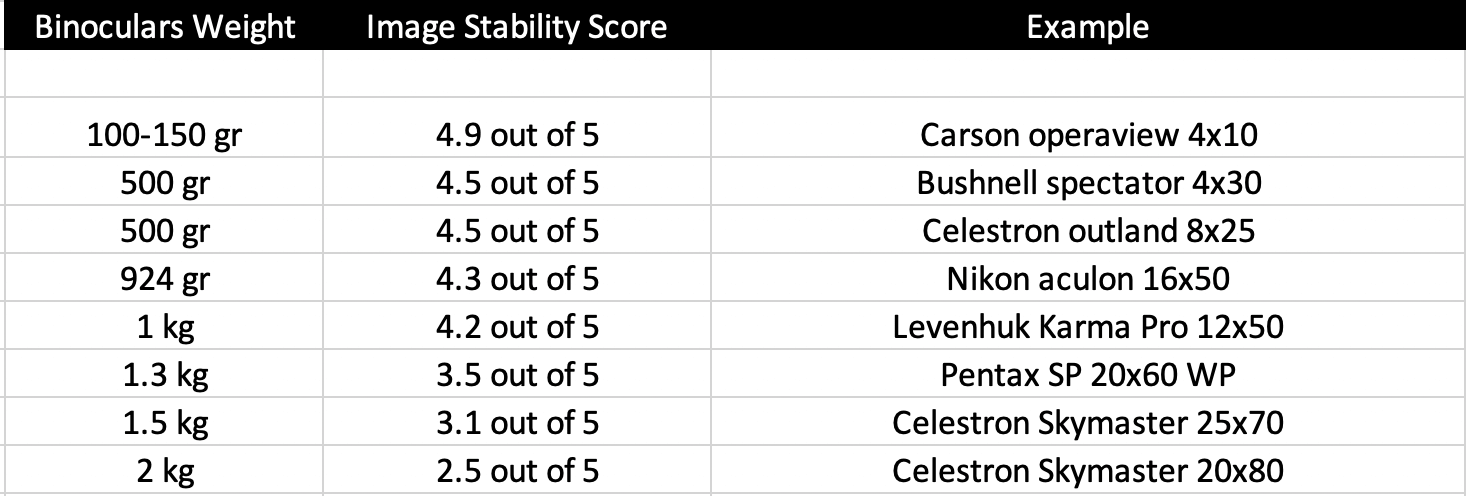
Things that affect image stability in binoculars
There are several things that affect image stability in binoculars.
I’m going to each aspect so you can have a better idea how to choose binoculars with the best image stability.
1.Objective size
2.Magnification
3.Body of binoculars
4.Type of binoculars
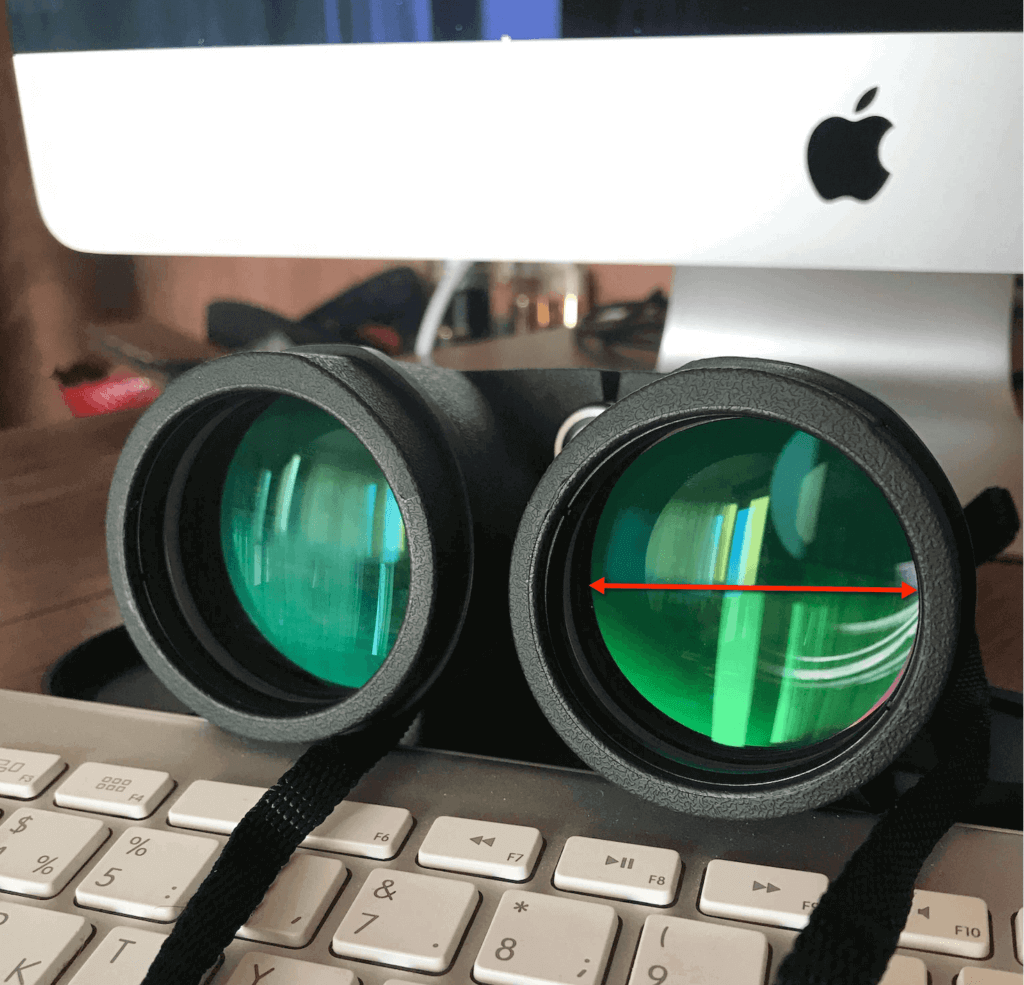
1.Objective size
Objective size is the first factor that significantly affects image stability in binoculars. The larger the the size of objective lens the heavier is the binocular.
Binoculars that have objective lens size between 10mm and up to 30mm are the lightest optical instruments. They have the best image stability.
Binoculars that have 35mm objective size and above are not considered lightweight. Image stability will not be so good though you can use such binoculars from hand.
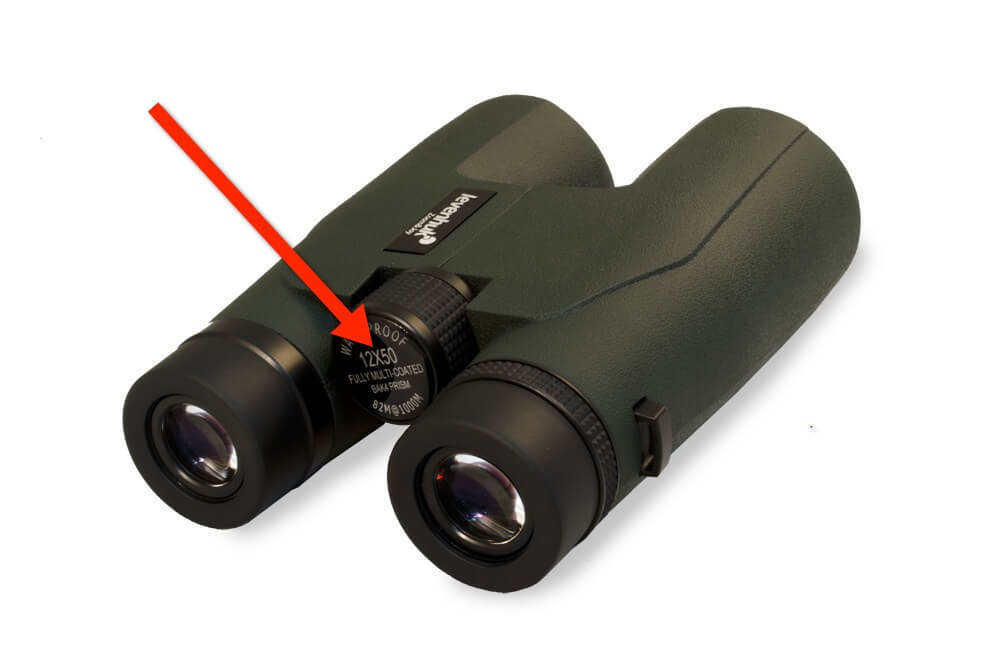
2.Magnification
Magnification is the second factor affecting image stability because the magnification power of binoculars is closely related to the size of the lens.
The higher the magnification the larger is the objective lens for enough light to go through binoculars so you can see clear and bright image.
Lightweight binoculars are those that have objective lens up to 30mm.
Anything larger than this is already not considered lightweight and the image stability will not be so good.
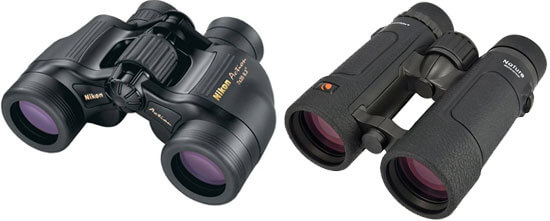
3.Body of binoculars
Body of binoculars is made of different types of material, such as plastic, aluminum or magnesium alloy, metal, polycarbonate.
Cheap binoculars are often made of plastic in combination with metal which makes them bulky. Binoculars made of aluminium are relatively lightweight.
Binoculars made of polycarbonate or magnesium are the lightest binoculars that give the best image stability.
Though those made of magnesium alloy are the best in terms of weight.
Binoculars made of polycarbonate or magnesium are not only lightweight but also very durable.
Magnesium binoculars are also very often shock-proof and more expensive than all other optical instruments.
4.Type of binoculars
The last aspect that affects image stability is the type of binoculars. There are mainly two types: roof and porro prism binoculars.
Porro prism binoculars give better image quality in terms of being more 3D scopic and they are cheaper than roof binoculars.
Good roof binoculars give the same quality and plus they are lightweight. Especially, open-bridge roof binoculars are the lightest optical instruments.
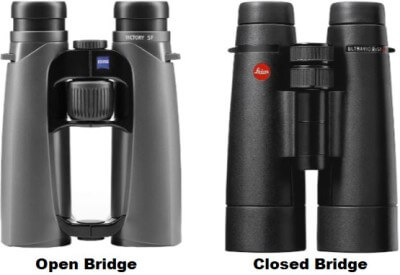
Now, you know how to choose binoculars with the best image stability so you can be fully satisfied with your future purchase.
When image stability becomes an issue and how to solve it?
As mentioned above, image stability should be taken into account when choosing binoculars.
This becomes especially important if your binoculars have objective size 40mm and above.
There are established solutions for this type of an issue
- Resting binoculars against something
- Using Tripod
- Image stabilization binoculars
When looking through binoculars with objective size 40mm image stability becomes an issue though it’s still acceptable.
If objective size is 42mm or 50mm it becomes even more unstable.
If you hold binoculars, such as 20×60 or 20×70 or 20×80 or 25×100 image becomes completely unstable.
When looking through binoculars you can improve your experience by resting binoculars against something like wall, tree, window.
With your elbows supported and binoculars eye cups resting against your eye sockets you can significantly improve image stability.
I personally like holding binoculars by resting binoculars front side against window.
This gives me more stability though it is not a perfect solution to existing problem.
Anyway, this definitely makes some difference compared to when you just hold binoculars without resting it against something.
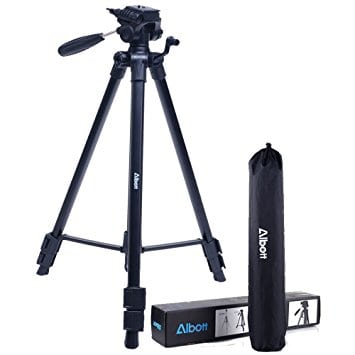
Second option is to use binoculars with a standard tripod on which you can mount your binos and comfortably look through it for long period of time.
Tripod gives you a perfect experience and you get completely stable image which significantly improves your overall experience.
I don’t recommend cheap tripods like Amazon basics. It broke after one week of use. I recommend tripod like Albott 64 or Victiv 72-inch Camera Tripod.
They are durable and give much better image stability than Amazon Basics tripod that are completely useless in my opinion.
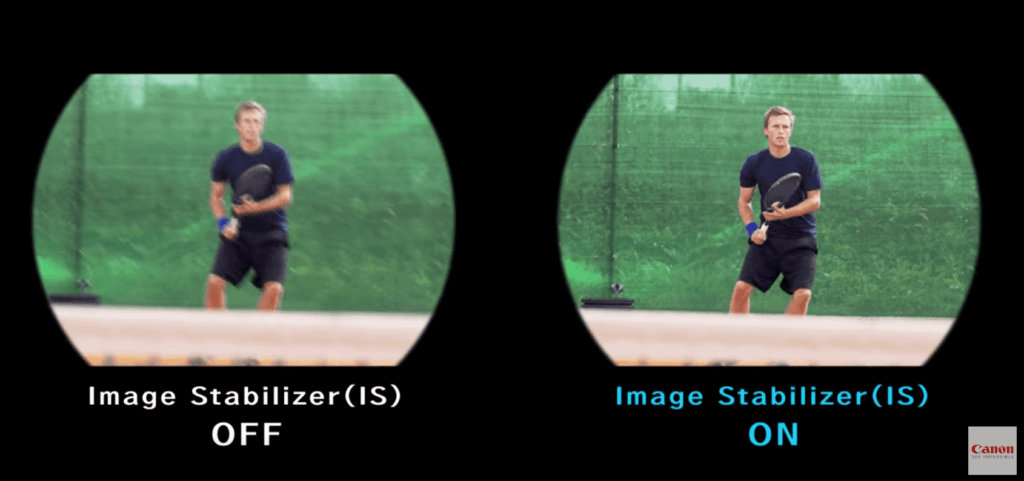
Image stabilization binoculars is the last and the most expensive solution to image stability problem.
These binoculars are expensive but they provide a perfect solution.
You don’t need tripods or any other methods. Such binoculars have special stabilizing mechanism that make image stable.
Magnifications start form 8x and up to 20x.
Final word on image stability and how to choose binoculars
If you plan to buy binoculars for general use at home it’s not so important to buy lightweight binoculars.
If you buy an optical instrument for traveling or walking then lightweight binoculars would be your best decision.
But not all binoculars are suitable for traveling, walking, hinting or safaris.
For these purposes you should choose 8x or 10x roof binoculars with objective size 25 or 30 mm. And also pay attention to binoculars being waterproof and fog proof.
For compact binoculars that give you the best image stability read this post.
For image stabilization binoculars read this post.




